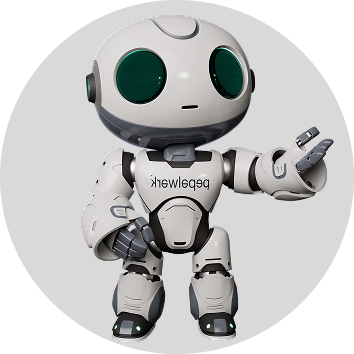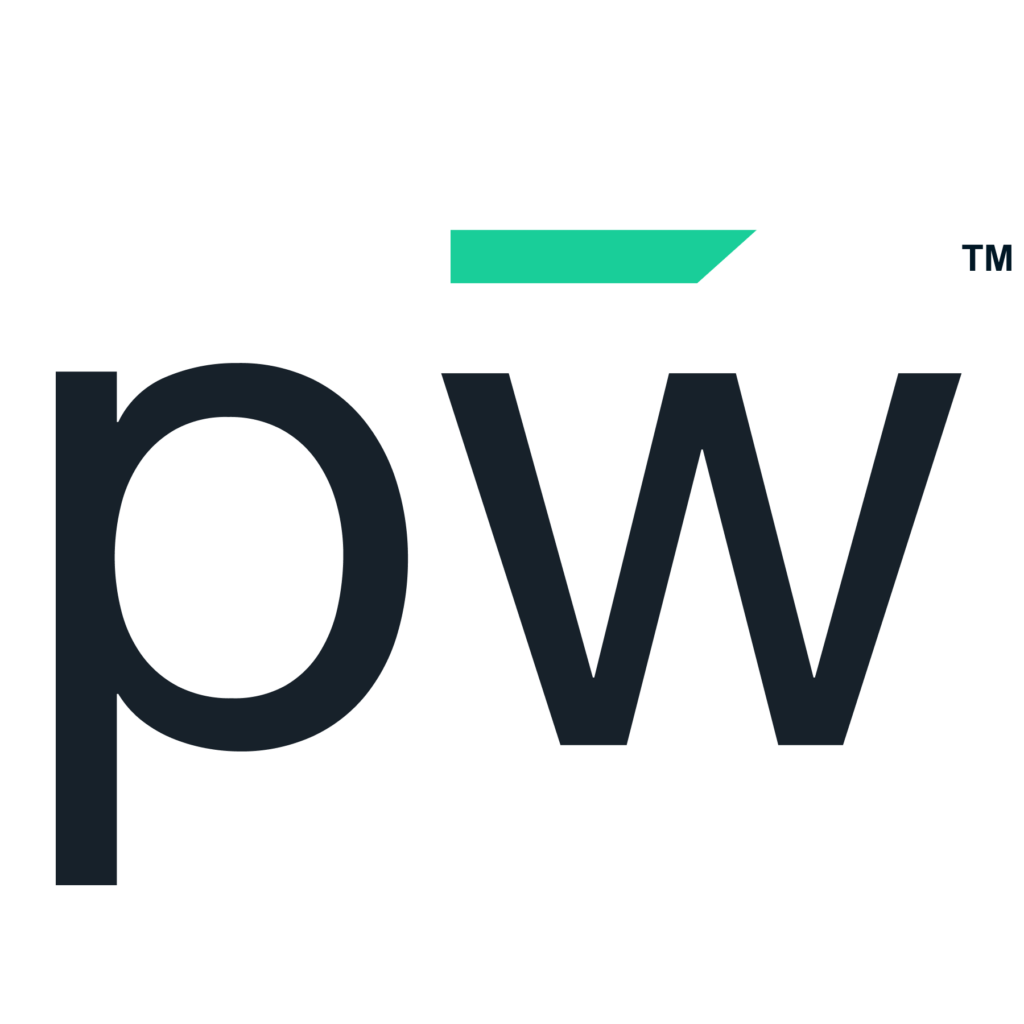In today’s fast-changing market, companies can no longer afford to make reactive decisions. Predictive analytics tools give business leaders the ability to anticipate workforce needs and identify growth opportunities before challenges arise. Whether you are planning for new hires or optimizing your operations, predictive workforce analytics ensures your company stays one step ahead of disruption.
Why Different Types of Predictive Analytics Models are Critical for Long-Term Workforce Planning
Many organizations still make workforce decisions based on historical data or gut instinct. That approach can cause costly mistakes, such as over-hiring, under-developing employees or missing skill gaps that stall progress. Predictive analytics gives companies the data-backed insights they need to plan strategically for the future.
By using workforce planning platforms powered by AI, businesses can forecast talent needs months in advance. This helps organizations determine where they need to hire, where they can and how to manage resources more effectively. For example, a company could use predictive analytics to identify that in six months, it will need more software engineers with AI experience. Instead of starting a rushed hiring process later, it can start upskilling software engineers now to fill that future demand.
The various types of predictive analytics models, some focused on predicting skills gaps while other focus on future hiring, also helps companies adapt to market changes more efficiently. When paired with AI in talent acquisition, businesses can match candidates to skill gaps in real time and make hiring decisions that directly align with company goals.
The Future of Hiring: Develop People Before Filling Out Applications
How Analytics Tools Improve Business Efficiency and ROI
Predictive analytics tools don’t just improve hiring. They can also enhance every part of the employee lifecycle. From automating onboarding to tracking employee development, analytics-driven insights lead to smarter decisions and stronger outcomes.
When used correctly, predictive data can help companies:
- Forecast workforce needs 3, 6 and 9 months ahead to avoid hiring delays
- Identify training opportunities that align with future skill demand
- Reduce recruitment costs through better internal mobility and reskilling
- Track the effectiveness of learning and development programs
- Optimize workforce structures for maximum efficiency
How pepelwerk Helps You Plan for the Future with Predictive Analytics
pepelwerk’s Work AI Assistant uses predictive workforce analytics to help organizations create stronger, data-driven workforce development strategies. By connecting people with jobs within a single ecosystem, pepelwerk helps companies plan ahead with accuracy and confidence.
Through its talent development marketplace and workforce optimization tools, pepelwerk allows businesses to identify skill gaps, connect employees to learning opportunities and automate employee onboarding based on predictive insights. This approach ensures that companies don’t just fill jobs—they build sustainable workforce pipelines that support long-term growth.
Companies can also build or create their own AI agent using pepelwerk’s technology to track skill development and measure workforce performance. This gives leaders real-time visibility into how their teams are evolving and what investments will have the biggest impact on business success.

.jpg?width=520&height=294&name=Theme%20(2).jpg)








